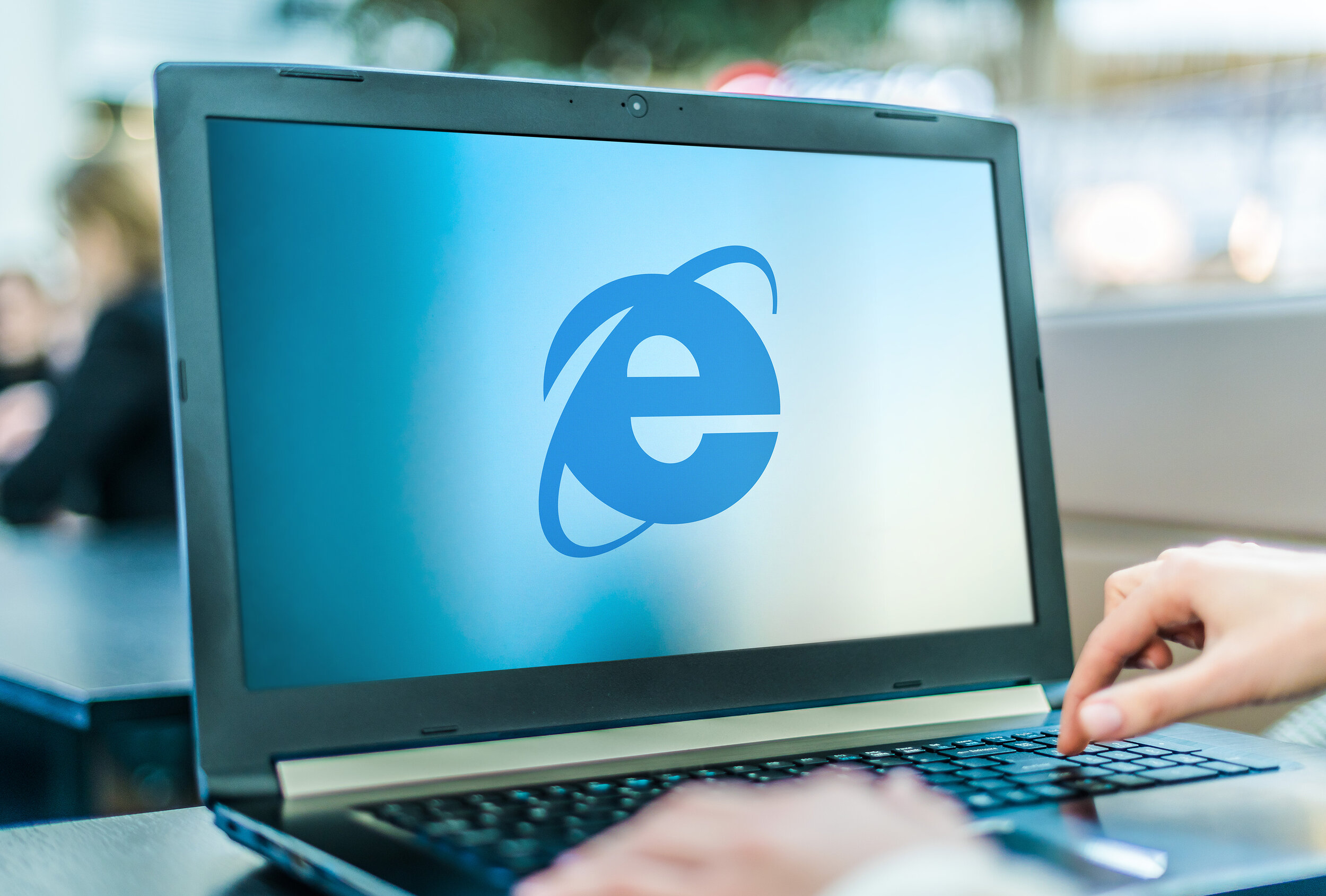7 Rules of Good Email Etiquette for Business Professionals
/Despite the rise of team messaging software like Slack and MS Teams, email is still by far the most popular method of communication for businesses.
86% of business professionals choose email as their preferred way to communicate at work. People also spend a good deal of their workday reading and responding to email.
The average office worker receives about 121 emails per day and sends about 40 of them.
This vital piece of the business technology eco-system isn’t just a form of getting messages from one computer to another, it can tell you a lot about the person sending or replying to the message.
Some common things that go through people’s minds when reading email are:
· No signature? Their company may be lacking a little organization.
· Too many exclamation points? This person seems highly emotional.
· Poor grammar/spelling? I might want to think twice before trusting this person with anything important.
Because email is something that just about any level of employee needs to use, it’s important to have a good presence in your email messages. Poor email etiquette can make you look unprofessional to colleagues, supervisors, and customers. It can also negatively impact your chance of a promotion.
Here are some of the top email etiquette rules to follow to enhance how others perceive you.
Do a Spelling & Grammar Check
No matter how eloquently you write an email, if it has four spelling errors and improper use of “their/they’re” then that’s what people are going to see. You’ll come off looking either unprofessional, incompetent, or both.
Most email programs will have a spell check built-in that will highlight misspelled words. However, you might also drop a word by accident, which can often happen when you’re typing in a rush, and that can also look just as bad.
It’s a good idea to use both a spelling and grammar check tool, such as Grammarly, which has a plugin that can be used for Outlook and other programs.
Be Careful of Emoji Use
The use of emojis on social media and in text messages is common. Using them in emails can get you into trouble by making you look unprofessional.
If you are sending an internal message congratulating everyone on a job well done, then a happy face emoji or even one blowing a party horn would most likely be okay.
But ending your email to a customer with “Have a great weekend” and a beer glass emoji is a big etiquette mistake.
It’s best to never use emojis in external emails and only sparingly for internal communications.
Don’t Sneakily BCC People
When you blind carbon copy (BCC) someone on a business email, you’re sending the message to a third party behind the recipient’s back. This is generally frowned upon except in a few rare circumstances.
Before you use the BCC block, ask yourself why it’s necessary to BCC instead of CC. In most cases, it’s best to avoid the BCC altogether so you don’t end up with a big problem later when someone finds about a BCC on one of their messages.
Use a Signature
When you don’t use a business signature, your email comes off as less professional. Because people receive so many emails throughout the day, the recipient may not immediately recognize you, and a signature helps them put an email address with a company.
Signatures also allow you to add additional helpful information, such as your phone number and title.
Stop & Check Who’s Receiving a Reply Before Hitting “Send”
Volumes could be written about the people that had a major embarrassment or got into hot water because they hit “reply all” when they meant to only respond to the sender.
A good habit to get into when you send an email is to always take a moment to check over who is receiving the message before you hit the “send” button. This helps you avoid reply-all mistakes and times when you mean to reply all but ended up hitting reply instead.
Use a Professional Greeting & Closing
Starting your email with “Yo, Team” isn’t going to score you points for professionalism. Likewise, beginning with barking a virtual order instead of saying “Hi, Betty” first, can make you seem insensitive.
Use a professional greeting at the beginning of your emails (Hi, Dear, Hello, etc.) and also at closing.
The closing can be a little tricky, as people aren’t always sure how to end and email before their signature. A good tip is to pick something you use 90% of the time and stick with that (Regards, Best Regards, Thanks, Sincerely, etc.).
Don’t Get Fancy With Fonts
Going crazy with the font style you use can be just as bad as using too many emojis. If you’re using purple Comic Sans font, you immediately are perceived as less professional than someone using Helvetica, Times, or another classic font in black.
You want your message to be readable. Your email’s message should also be the thing someone remembers, not the fancy font you used.
Get Expert Business Email Solutions to Improve Productivity
BrainStomp can help your business with effective email solutions for productivity, security, and much more!
Schedule a free consultation today! Call 260-918-3548 or reach out online.
























